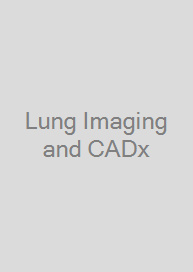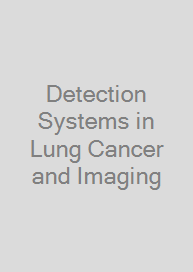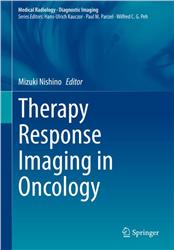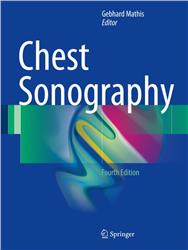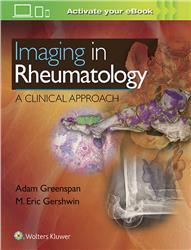Lung Imaging and CADx
| Auflage | 2024 |
| Seiten | 404 pp. |
| Verlag | Taylor & Francis |
| ISBN | 9781032652566 |
| Artikel-Nr. | 778764 |
Noch nicht erschienen, ca. Juni. Liefertermin 1-3 Tage nach Erscheinen
Produktbeschreibung
Developing an effective computer-aided diagnosis (CAD) system for lung cancer is of great clinical importance and can significantly increase the patient's chance for survival. For this reason, CAD systems for lung cancer have been investigated in a large number of research studies. A typical CAD system for lung cancer diagnosis is composed of four main processing steps: segmentation of the lung fields, detection of nodules inside the lung fields, segmentation of the detected nodules, and diagnosis of the nodules as benign or malignant. This book overviews the current state-of-the-art techniques that have been developed to implement each of these CAD processing steps.

Bleiben Sie informiert!
Melden Sie sich für den frohberg.de-Newsletter an und nutzen Sie jetzt Ihre Vorteil:- Willkommens-Dankeschön: Beatmungsmaske Rescue Me
- Aktuelle Neuerscheinungen und Empfehlungen
- Exklusive Angebote und Kongress-Highlights
